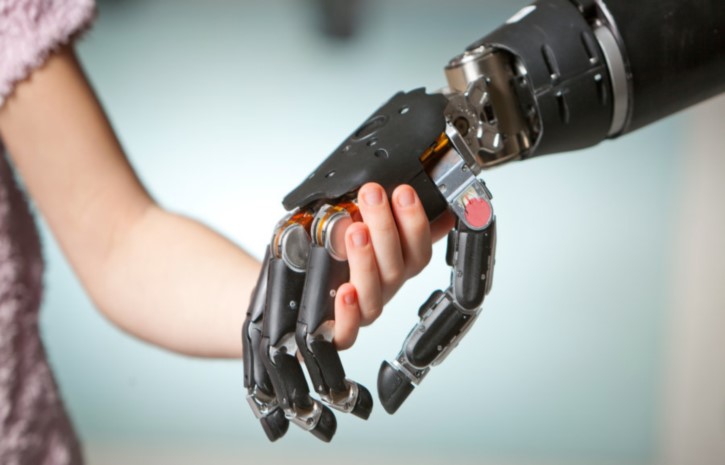Latest prosthetic limbs yet can transmit complex sensations such as ache or texture to the wearer. But one of the most recent breakthroughs by researchers at the Johns Hopkins School of Medicine, where scientists made a synthetic layer skin for an artificial hand to transmit sensations of pain directly to user’s hand, no doubt leads a step further to that goal. Nobody wants to feel the pain, but then life would completely slurp without significant feeling too.
A graduate student and co-author of the new study in the Department of Biomedical Engineering at the John Hopkins University told Gizmodo that Pain is one significant sensation as it protects the body from any damage by delivering the feeling to aware from any harm like the edgy point of knife, pain acts as a shield to the body. Pain is the way to defend the body from further damages. But for the prosthesis, there’s no notion of pain, and that opens a door for any kind of potential harm. So, scientists invented a method to bring out a solution to this of imparting sensations of pain to the prosthesis in integration to the amputee client. Osborn working alongside with his colleagues and Nitish Thakor; the JHU neuro-engineer, created a system known as e-dermis, which is a skin-like layer that provides the prosthesis limbs the ability of understanding contact and sense pain. Strain-induced to the e-dermis is transmitted to the mind of the wearer with the help of an electric nerve-stimulator that’s embedded inside on top of the arm of the prosthesis. This permits the system for emulating precise sensations. In the e-dermis test performed, an amputee stated that he could distinguish between rounded and sharp-end objects, referring to the pain feeling been registered a three out of ten in severity terms. The study got published in Robotics.
Also Like: Researchers Advance Towards an Electronic Skin that Shows Imperative Health Stats
Particularly they equipped in a way the nerve cells inside the skin, names nociceptors, tasks pain transmitting the outcome signals to the brain for processing through mechanoreceptors. Osborn even stated that by integrating more sensations they would continue to improve for making the prosthesis function livelier.
Carolyn is a technology graduate and loves to write about anything related to technology as well as writes in others sectors. Carolyn is a professional writer with over 7 years of experience. Initially starting off as a programmer, Carolyn decided to combine her knowledge about technology and writing and that’s how she joined Reporter Expert.
